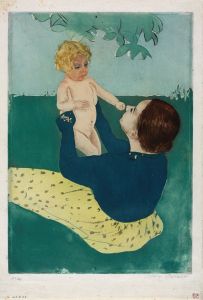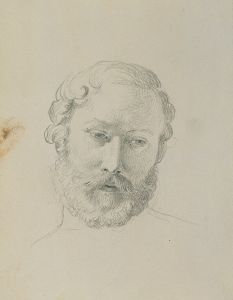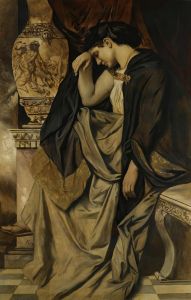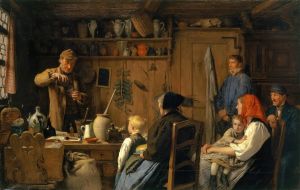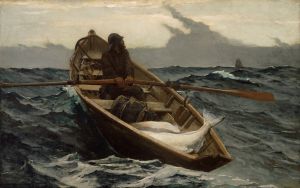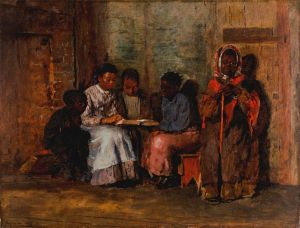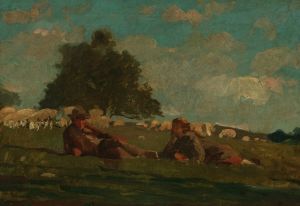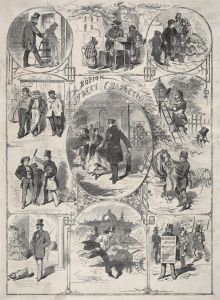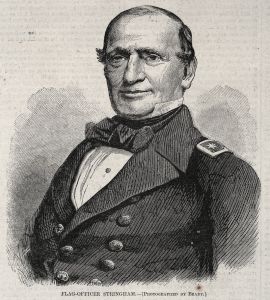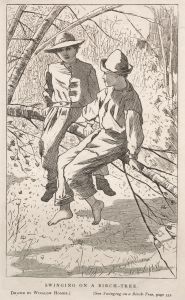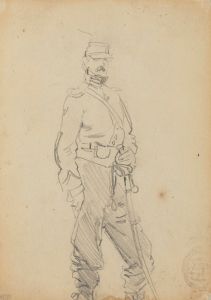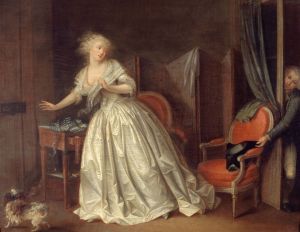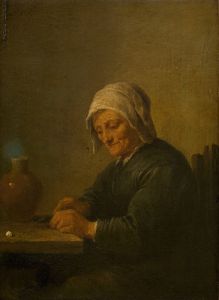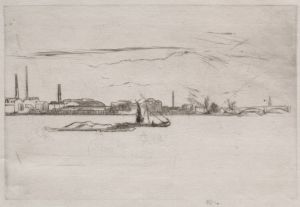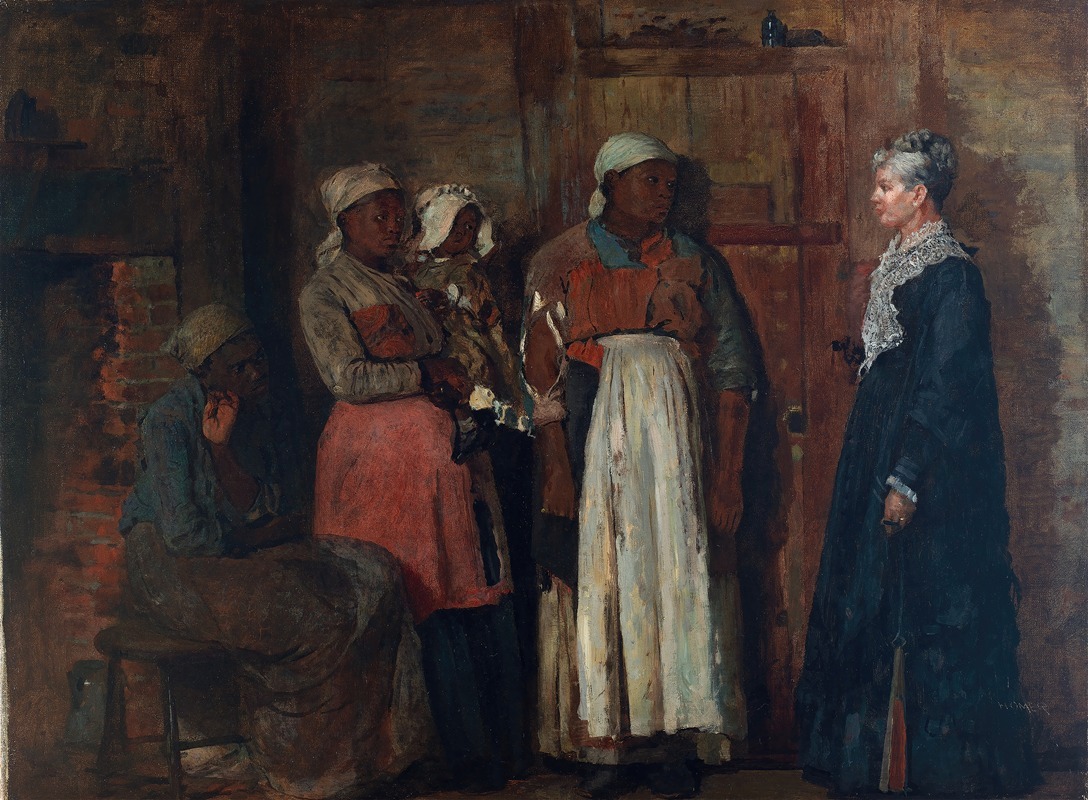
A Visit from the Old Mistress
A hand-painted replica of Winslow Homer’s masterpiece A Visit from the Old Mistress, meticulously crafted by professional artists to capture the true essence of the original. Each piece is created with museum-quality canvas and rare mineral pigments, carefully painted by experienced artists with delicate brushstrokes and rich, layered colors to perfectly recreate the texture of the original artwork. Unlike machine-printed reproductions, this hand-painted version brings the painting to life, infused with the artist’s emotions and skill in every stroke. Whether for personal collection or home decoration, it instantly elevates the artistic atmosphere of any space.
A Visit from the Old Mistress is an 1876 painting by American artist Winslow Homer. The work is an oil on canvas and is currently housed in the Smithsonian American Art Museum in Washington, D.C. It is considered one of Homer’s significant works, reflecting the social and racial dynamics of the Reconstruction Era in the United States following the Civil War.
The painting depicts an interaction between a white woman, referred to as the "Old Mistress," and three African American women in a modest interior setting. The white woman is dressed in black, standing stiffly and formally, while the African American women are seated or standing in a more relaxed posture. The scene is characterized by a palpable tension, with the figures maintaining a physical and emotional distance from one another. The expressions and body language of the figures suggest an uneasy encounter, highlighting the complexities of race relations during this period.
The historical context of the painting is significant. Created in the aftermath of the Civil War and the abolition of slavery, the work reflects the shifting social structures in the Southern United States. The "Old Mistress" likely represents a former slave owner, while the African American women symbolize the newly emancipated individuals navigating their changed status in society. The painting does not provide explicit narrative details but instead captures the ambiguity and discomfort of these interactions during a time of profound societal transformation.
Winslow Homer, known for his realist style and attention to detail, often explored themes of American life and identity in his work. In A Visit from the Old Mistress, he employs a muted color palette and a composition that emphasizes the psychological distance between the figures. The sparse interior and the lack of overt action draw attention to the emotional and social undercurrents of the scene.
The painting was first exhibited in 1876, a year that marked the centennial of American independence. Its themes of freedom, equality, and the lingering effects of slavery resonated with contemporary audiences and continue to make it a subject of scholarly interest. Today, the work is regarded as an important commentary on the Reconstruction Era and a testament to Homer’s ability to address complex social issues through his art.





